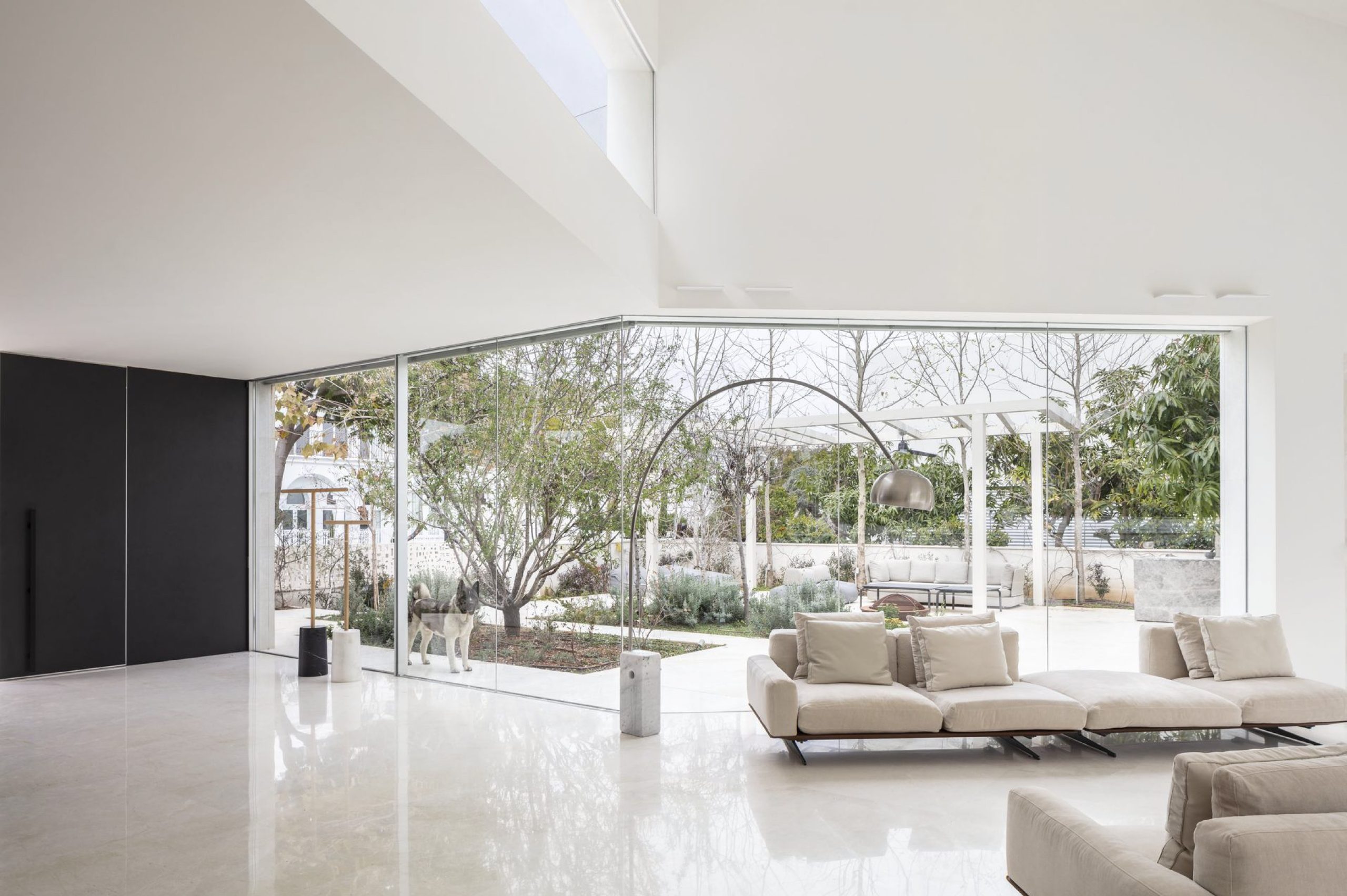In the ever-evolving world of architecture, window design plays a crucial role in defining a space’s aesthetic and functional qualities. At OTIIMA, we specialize in minimalist window systems that starkly contrast traditional windows. In this article, we will explore the main differences between traditional and minimalist windows and how our projects exemplify the beauty and efficiency of minimalist design.
Understanding Traditional Windows
Traditional windows are characterized by their classic design elements, which often include:
- Decorative frames and mullions: these windows typically have thicker, more ornate frames and multiple mullions that separate the panes of glass.
- Materials: wood and aluminum are commonly used, providing a timeless look but often require more maintenance.
- Functionality: Traditional windows can have a variety of opening mechanisms, such as sash, casement, or bay, often designed more for aesthetic appeal than to maximize space or light.
While traditional windows bring a sense of history and charm, they can sometimes feel heavy and obtrusive, limiting views and natural light.
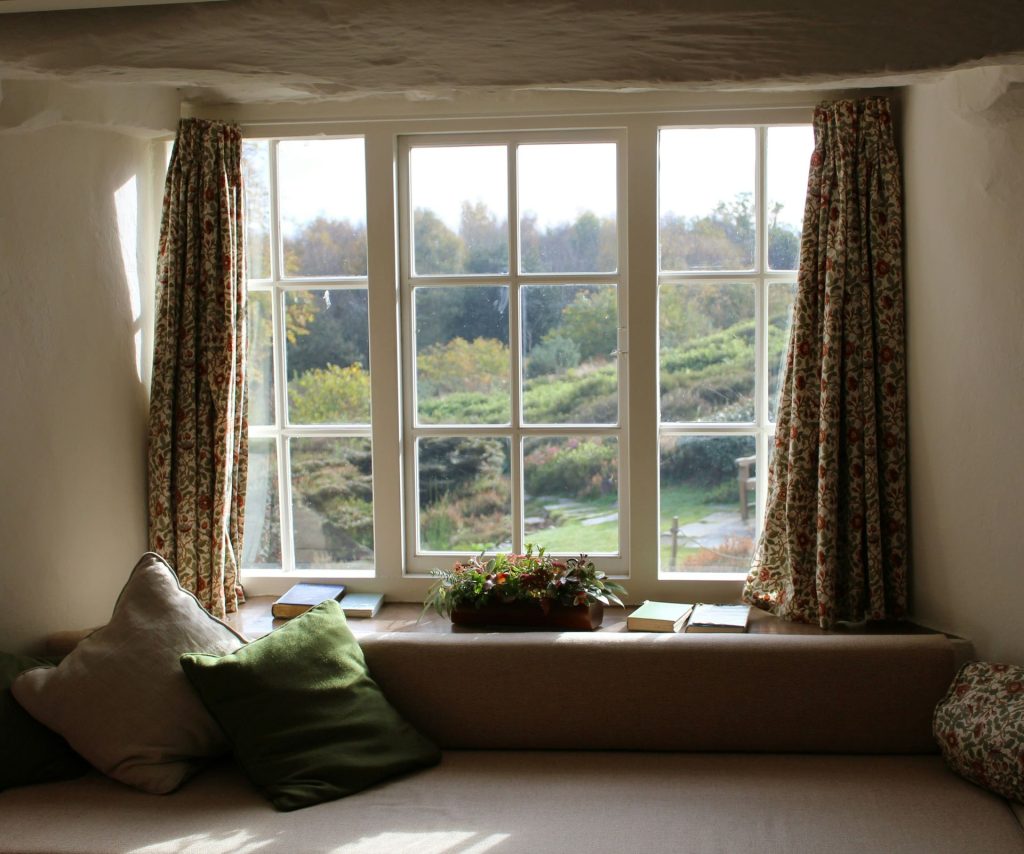
Casa Ses Costes | This Is Arquitectura | © Carles Sánchez
About minimalist windows
Minimalist windows, like the ones we design at OTIIMA, are made with a different set of principles:
- Slim frames: Minimalist windows feature ultra-slim frames that maximize the glass area, providing unobstructed views and allowing for more natural light.
- Modern Materials: High-performance materials such as thermally broken aluminum and advanced glass technologies increase energy efficiency and durability.
- Seamless Integration: These windows are designed to blend seamlessly with the architectural lines of modern buildings, creating a harmonious and unobtrusive appearance.
- Enhanced functionality: minimalist windows often incorporate innovative opening mechanisms, such as sliding or pivoting systems, that are sleek and space-saving.
The simplicity and elegance of minimalist windows make them ideal for contemporary architecture, which emphasizes clean lines and open spaces.
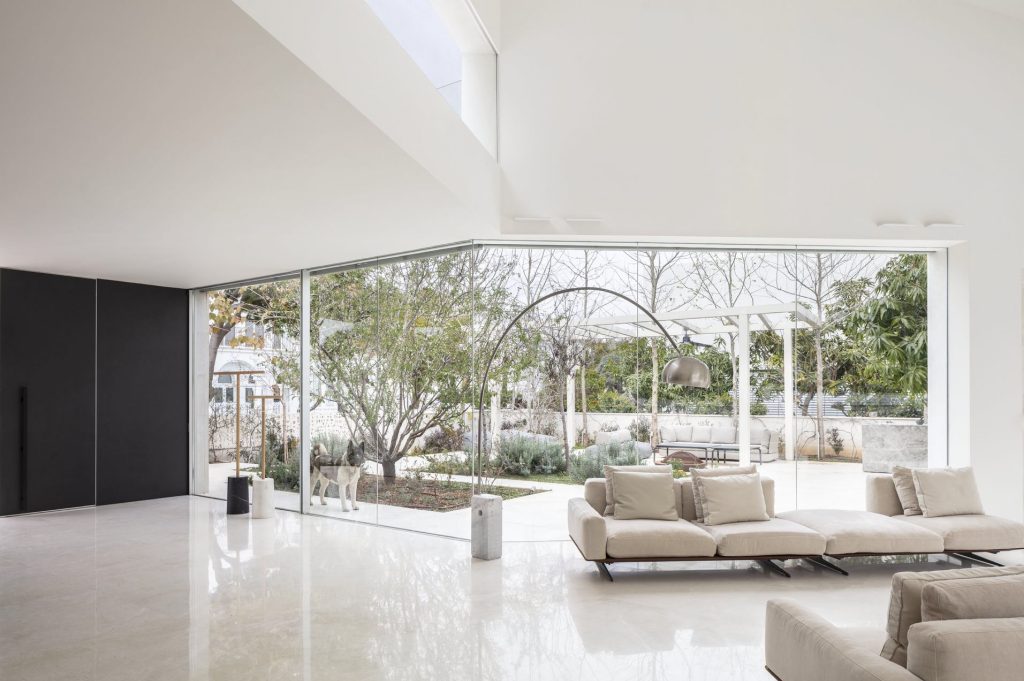
IS House | Paritzki & Liani | © Amit Geron
Showcase OTIIMA Projects
Our projects highlight the transformative impact of minimalist window design. Here are a few examples:
Project 1: Modern Urban Residence
In this urban residence, our minimalist windows create a seamless connection between indoor and outdoor spaces. The slim frames and expansive panes allow for uninterrupted city skyline views, while the advanced thermal insulation ensures comfort and energy efficiency.
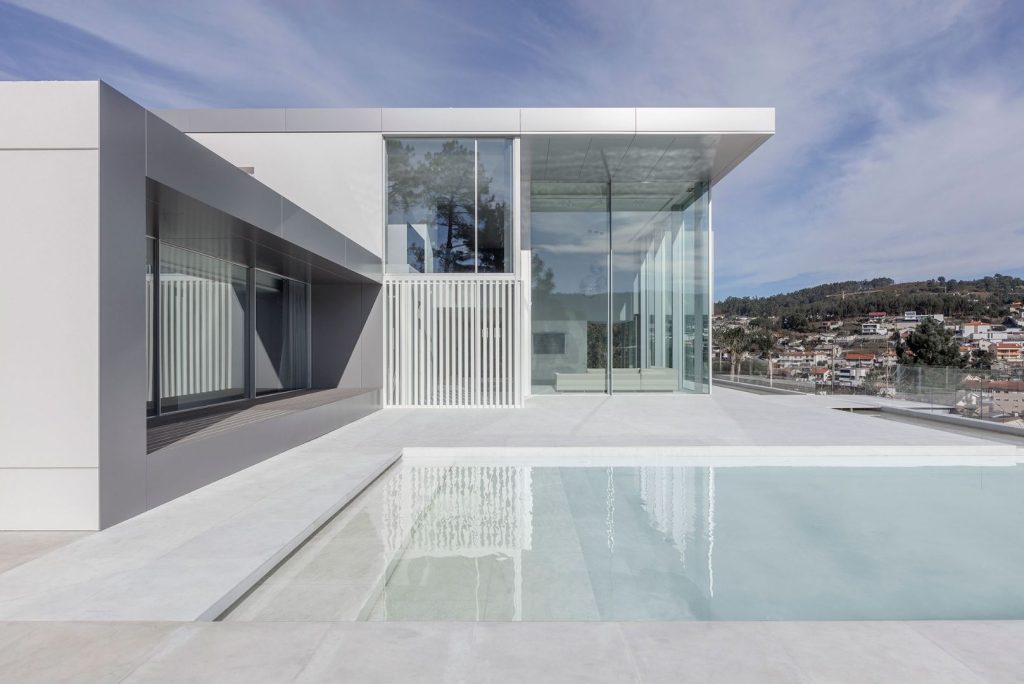
Casa Fojo | Ventura+Partners | © courtesy of Ventura Parttners
Project 2: Coastal Retreat
For this coastal retreat, OTIIMA’s sliding window systems maximize the panoramic ocean views. The minimalist design enhances the natural beauty of the surroundings and provides robust protection from the coastal elements.
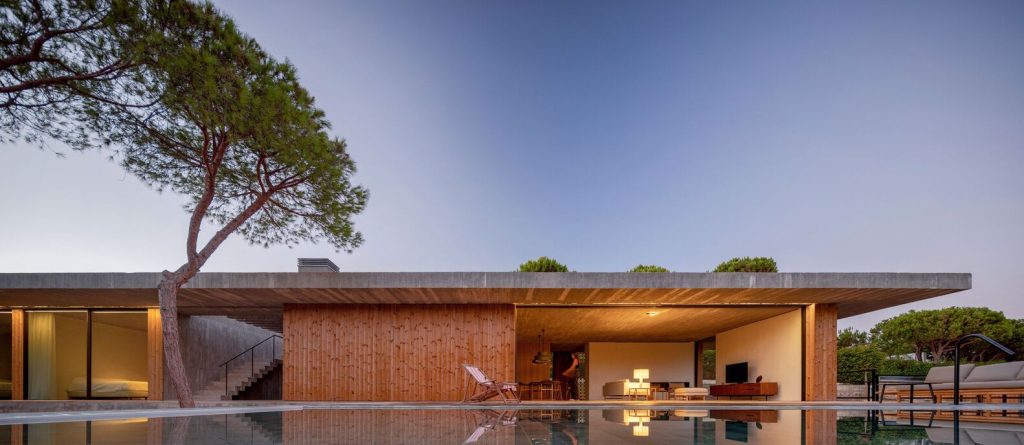
Praia Verde House | Atelier Central Arquitectos | © Fernando Guerra
Project 3: Contemporary office building
Located in a bustling city center, this office building features our pivoting windows, which add a dynamic element to the building’s facade. The minimalist approach enhances the building’s modern aesthetic while providing practical benefits such as improved ventilation and daylight.
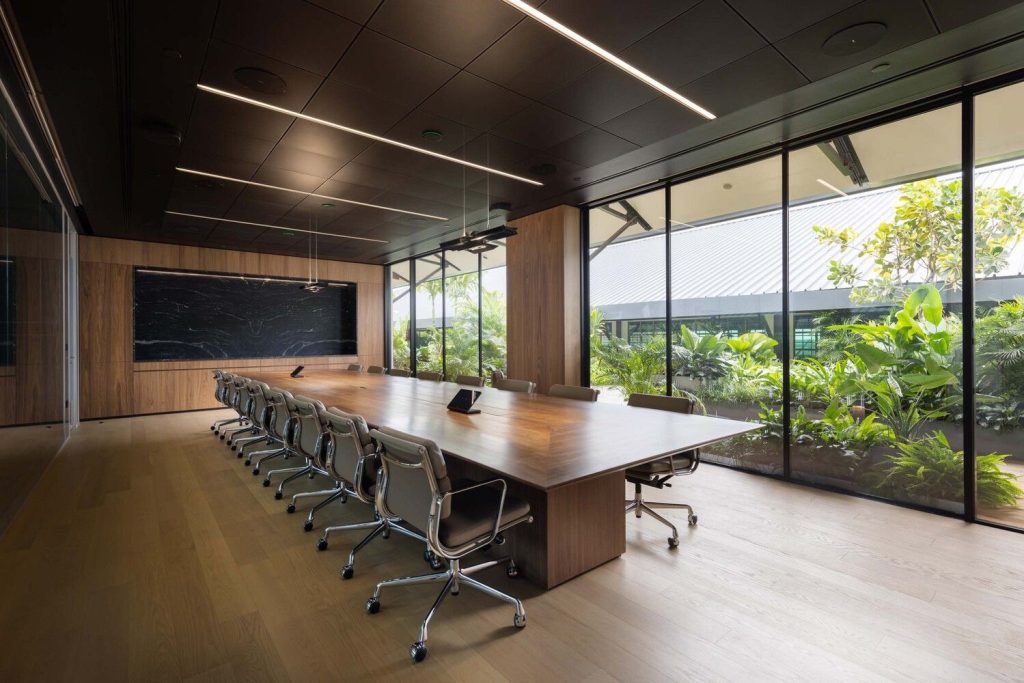
Dyson HQ | M Moser Associates | © Finbarr Fallon
Covet Group Showroom: Curved windows create an inviting and inspiring space. The fluid lines of the windows reflect the showroom’s innovative spirit and provide the perfect backdrop for showcasing luxury design pieces.
The shift from traditional to minimalist windows represents a move towards greater simplicity, functionality, and integration with modern architectural styles. At OTIIMA, we are proud to be leading this change with our innovative window systems designed to meet the demands of contemporary living and working spaces.
For more information about our projects and products, please visit our website or contact us directly. Let’s redefine spaces with the elegance of minimalism.
